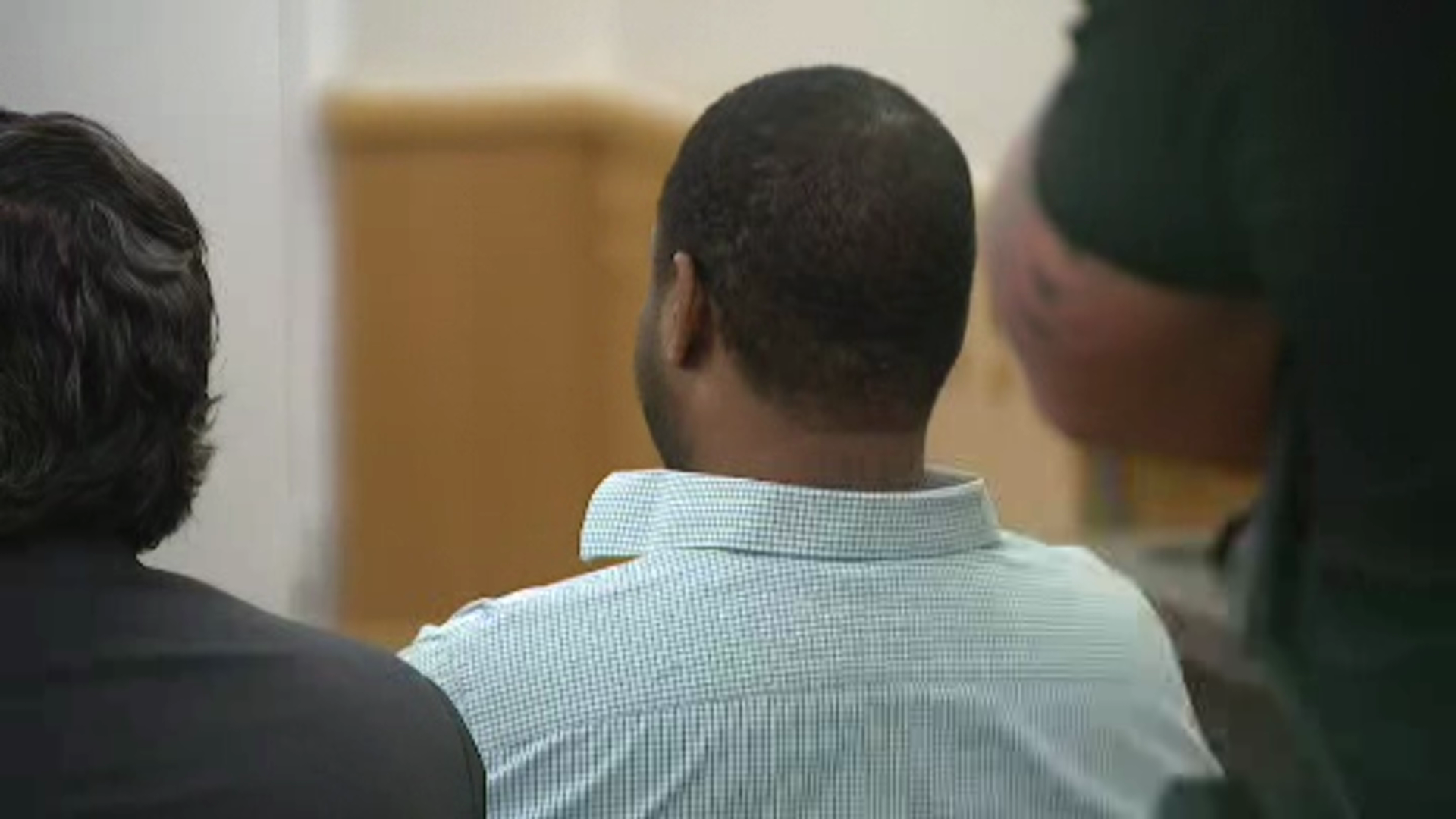How did Dallas Cowboys greats Tony Romo and Darren Woodson train to be TV ready? A local coach is sharing their broadcast secrets. Tony Martinez is the man who got them prepared and says in this, "work from home" and "zoom" world, everyone needs to be camera ready.
Dallas Cowboys legend Darren Woodson knows the power of the pivot. He reinvented himself overnight. “I basically get off the field with the Cowboys and jump right into broadcasting at ESPN and I knew nothing,” Woodson said.
Cowboys quarterback turned football analyst Tony Romo sings the same tune. “When I was put in a position to start really a new life, in a lot of ways I did not really know the world of being an analyst or broadcaster,” Romo said.
Both turned to Martinez who says there is an art form to delivering well on air. “I help people get better on camera by inspiring them to realize their potential,” he said.
Authenticity and positivity, he says are the cornerstones of success in broadcasting. “When you listen to Darren over the years at ESPN and on his podcast, he is an extremely positive person and that's what I love because I think great coaching combined with positive people creates great results.”
Romo, he says, was a natural and had that play calling down from the start. “He was doing that thing where he was predicting the plays before they happened in his third practice game and the executives at CBS asked me to work with him to not do that and I did try but you know what, he was so good at it that he could not resist,” Martinez said.
That skill made TV magic and Romo says people can apply the same skills in real life. "When I say that it doesn't matter if you're talking on TV to people or if you are a CEO or anybody in a position that has to communicate to others. Sometimes it is employees and sometimes it is, in my case it is viewers. Ultimately it is can you connect with the people you are talking to,” Romo said.
Local
The latest news from around North Texas.
To that end, Martinez says, in a pandemic, everyone needs to connect with a camera online. “The camera, the computer that we are looking into is a part of our lives in a way that we are going to have to accept and adjust to,” he said.
Here are Martinez’s top 10 tips for virtual and video self-branding:
- The Right Location: Find a quiet space, where you can control the light and sound around you. Also, make sure you have access to the strongest internet connection available.
- A Neutral Background: Limit personal items in your shot. Your viewer can get distracted by a cluttered background.
- Shot Composition: If possible, separate yourself from the background by at least four feet, so it doesn't compete for viewer attention.
- Camera Placement: Set your camera at eye level, so you meet the viewer eye to eye. Remember to focus on your lens when speaking, not the monitor.
- Consistent Lighting: Light your face independently of the background and the room. A key light on your face should be placed just above your eyes and in front of you. If you don't have a professional light, use a house lamp to illuminate your face, and turn overhead lights on.
- Engineer the Best Sound: Find a quiet place where you can shut out the noise. Also, use a professional-grade microphone if possible, not the mic on your computer.
- Monitor Your Image: Dress for success and look your professional best. Keep a mirror handy to double-check your appearance if you are on camera for extended periods of time.
- Be a Creature of Habit: Create a checklist to establish a step-by-step process and rehearse until it's routine. Amateurs work until they get it right, while professionals work until they can't get it wrong.
- Incorporate Body Language: Natural, physical movement in virtual meetings can help make you more engaging and likable. Move toward the camera to grab the attention of your customer and use gestures and props to emphasize key points.
- Slow Down: With hundreds of potential interruptions possible in a 15-minute meeting, being memorable takes tenacity. It's acceptable to repeat key points, seek feedback and recap your number one takeaway.
Editor's Note: Martinez does consulting work for our sister station Telemundo 39



